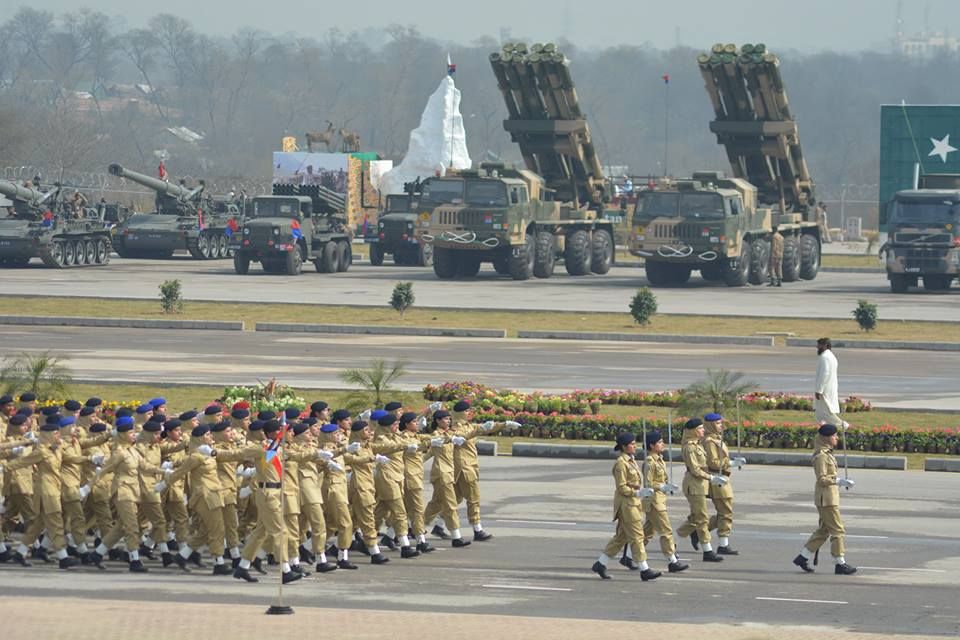Miragedriver
Brigadier
Argentina and China agree fighter aircraft working group
Gareth Jennings, London - IHS Jane's Defence Weekly

Back to bottling my Grenache
Gareth Jennings, London - IHS Jane's Defence Weekly

Argentina and China are to form a working group to look at the possible introduction into Argentine Air Force (Fuerza Aérea Argentina - FAA) service of a new Chinese fighter type, it was disclosed on 5 February.
The working group, which was discussed during a visit by between Argentine president Cristina Fernández de Kirchner to Beijing from 2 to 5 February, will look at the possible transfer of a range of military equipment to Buenos Aries. Chief among this equipment is either the Chengdu Aircraft Corporation (CAC) FC-1/JF-17 or the CAC J-10 fighter aircraft.
Ahead of any transfer of aircraft, the working group will examine means by which the FAA might integrate such aircraft into its inventory, and support them once in service. Argentina stands to receive 14 fighter aircraft should the proposed transfer go ahead, though no timelines have been revealed.
ANALYSIS
For some years now, Argentina has been trying to replace its antiquated and increasingly unserviceable Dassault Mirage IIIEA, IAI Dagger, and McDonnell Douglas A-4 Skyhawk fighter fleets with a newer and more capable type.
News of the Argentine-Chinese working group comes weeks after it was reported that Russia had courted Argentina with the possible lease of Sukhoi Su-24 'Fencer' strike aircraft. While the UK Ministry of Defence took these reports seriously enough to review the defence of the Falkland Islands, the Su-24s would have no really operational utility for the FAA, and it would appear that any proposed transfer of such aircraft is likely the result of Russia playing political games with the UK over the continuing crisis in Ukraine.
Other, more realistic, options that have been touted over recent months include surplus Spanish Mirage F1s, Israeli Aerospace Industries (IAI) Kfirs, and Saab Gripen E/Fs. All of these appear to have stalled for either economic or political reasons (the proposed buy of the Gripen E/F was effectively vetoed by the UK, which manufactures many of the aircraft's systems).
The Chinese FC-1/JF-17 has also been previously touted as a possible option for the FAA, so it is interesting to see it once again mentioned with this latest Argentine-Chinese agreement. The J-10, however, has not been mentioned in relation to the FAA before.
First unveiled in 2006, the J-10 bears more than a passing resemblance to the 'Euro-canard' Gripen, Dassault Rafale, and Eurofighter Typhoon fighters (it has been claimed that the J-10 was actually developed from the Israeli Aerospace Industries Lavi, which was itself modelled from the Lockheed Martin F-16).
The single-seat, single-engined, fighter has a top speed of Mach 1.8 at altitude, a service ceiling of 55,000 ft, is cleared to +9/-3 g , has a radius-of-operation of 300 n miles (555 km; 345 miles), and a payload of 6,600 kg (14,550 lb) on 11 hardpoints. Weapons options include PL-8 (Python 3) or later air-to-air missiles (AAMs) such as PL-11 or PL-12; Vympel R-73 and R-77 AAMs; C-801 or C-802 air-to-surface missiles; YJ-8K (anti-ship) or YJ-9 (anti-radiation) missiles; and up to six 1,000 lb laser-guided or free-fall bombs. There is also an internally-mounted 23 mm cannon, and the provision for a Chinese-developed infrared/laser navigation and targeting pod.
The People's Liberation Army Air Force (PLAAF) is believed to have a requirement for up to 300 J-10s, and its inclusion in the FAA's inventory would represent a significant capability boost for Argentina.
Back to bottling my Grenache



